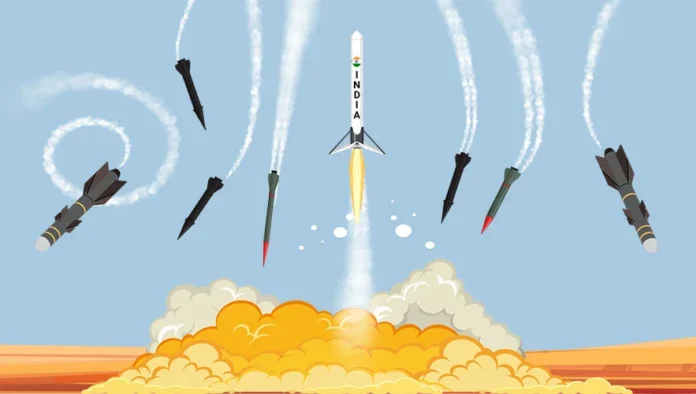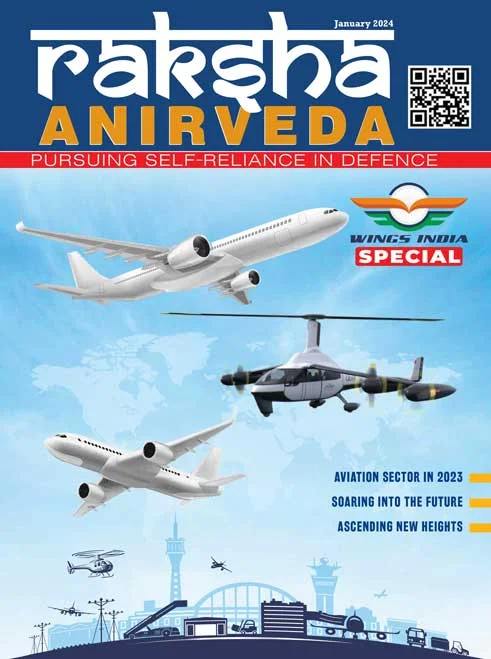Prime Minister Modi is “The Boss,” stated Australian PM Anthony Albanese during a recent speech in Sydney. He further emphasised that Prime Minister Narendra Modi is a widely popular figure, receiving a more enthusiastic welcome in Australia compared to the best-selling American rock star Bruce Springsteen, who is nicknamed “The Boss.”
Albanese’s remarks highlight the growing influence and prominent voice of India in global affairs. With the world’s fourth-largest armed force and the third-largest economy in terms of purchasing power, India is emerging as a global power and a potential superpower.
Have you ever wondered why certain countries have a greater say in international affairs? What they think or feel significantly impacts the rest of the world and influences global politics, economics, and military affairs.
Well… a superpower is a nation that exerts influence on other nations due to its military, technological, economic, and cultural strengths. Superpowers are considered “superior” because they have advantages over other countries. However, contrary to popular belief, being a superpower does not necessarily require a massive physical size.
Between 1850 and 1910, Great Britain, a relatively small island compared to other European nations, held global dominance as the sole superpower.
The term “superpower” was first used in 1944 during the Second World War to describe countries that were deemed more powerful than others.
In his book “The Geography of Peace,” Nicholas John Spykman outlined seven dimensions of a superpower, including geography, population, economy, resources, military strength, diplomacy, and national identity. However, after the Second World War, the United States and the Soviet Union attained superpower status due to their highly developed military forces, geopolitical influence, and persuasive power in shaping world affairs.
During the Cold War, the United States and the Soviet Union competed for global political dominance. The United States and its allies dictated terms on one side of the Berlin Wall, while the Soviet Union held sway on the other. Almost every other country had to align its political, economic, and security systems with one side or the other, resulting in a bipolar world.
However, in the early 1990s, following the disintegration of the Soviet Union, the United States emerged as the sole superpower. In 1991, China joined the ranks of superpowers due to its economic clout, but the United States remained the most significant power since the European Union was not considered a superpower.
Currently, the US possesses the highest GDP globally and is home to 27% of all transnational companies worldwide. It is the undisputed global superpower. In fact, some experts argue that the US is currently the world’s only true superpower, with the most dominant military and economic might. The United States spends more on defence than the combined total of the next nine highest-spending countries (China, India, Russia, the UK, Saudi Arabia, Germany, France, Japan, and South Korea).
In terms of the destructive capabilities of nuclear weapons, Russia is on par with the old Soviet Union. Russia possesses the most active nuclear warheads, while the US ranks second. According to the Federation of American Scientists, Russia has 5,977 warheads, compared to the 5,428 controlled by the US.
Since the 1990s, the US has maintained its position as the world’s leading power, followed by China and Russia, in terms of economy, population, and military strength. The European Union and Russia are losing their competitive edge, leaving the USA and China to vie for global dominance.
China is considered an emerging superpower or a potential superpower. Some experts argue that China will surpass the US as a global superpower in the coming decades. China continues to exert influence on world trade, contributing 28.7% of global manufacturing output. China has maintained a comfortable 10 percent lead over the US and has been the world’s leading manufacturing hub for the past decade.

However, China’s population is aging at a faster rate compared to almost all other countries in modern history. By 2050, an estimated 39 percent of China’s total population will be of retirement age. One of China’s major challenges lies in its largely undereducated and aging population. Despite norms mandating at least nine years of compulsory education, more than two-thirds of Chinese workers do not have a high school education. Consequently, despite its significant presence in the global economic landscape, the average Chinese citizen in 2050 is projected to be considerably poorer than the average American.
In contrast, India possesses the world’s largest and youngest workforce. Additionally, the Indian military, equipped with approximately 100 nuclear warheads, is capable of addressing the dual threats posed by hostile neighbours such as Pakistan and China.
The question of who runs the world is complex. While the US remains the world’s sole security superpower and is expected to retain that position for at least the next decade, it is no longer considered the “global policeman.”
According to the US National Intelligence Council’s “Global Trends 2030: Alternative Worlds” report, the US is projected to be the wealthiest country globally and maintain undeniable influence among all nations by 2030. However, the report also highlights a significant transformation that will occur by 2030, with no single country, including the US or China, being a hegemonic power. The empowerment of individuals and the diffusion of power among states and informal networks will have a profound impact, reversing the historic rise of the West since 1750, restoring Asia’s weight in the global economy, and ushering in a new era of international and domestic democratisation.
Russia’s military has been weakened by the loss of approximately 200,000 troops and weapons during the conflict in Ukraine. Rebuilding its military capabilities in the face of Western sanctions will require time. Russia’s invasion of Ukraine has also increased Europe’s reliance on NATO in recent decades. Meanwhile, China is rapidly growing as a military and economic power in Asia, which concerns America’s Indo-Pacific allies who are increasingly dependent on the US.
According to the Global Firepower Index 2023, the US ranks first among 145 nations, followed by Russia in second place, China in third, and India in fourth. Projections suggest that India will become the world’s second-largest economy by 2050, surpassing the US, and will contribute 15% to the world’s total GDP.
PwC’s “The World in 2050” report predicts that China will become the largest economy globally, with India potentially displacing the US to claim the second spot, and Indonesia ranking fourth by 2050.
Various reports, such as FICCI and McKinsey & Company’s “India’s Century – Achieving Sustainable, Inclusive Growth,” and IBM Institute for Business Value’s “Indian Century: Defining India’s Place in a Rapidly Changing Global Economy,” underline India’s potential to become an “economic superpower” before its 100th year of Independence in 2047. These reports also project India to be among the world’s highest-growth nations in the coming years.
In the genuine progress indicator (GPI) rankings of 2023, India’s military holds the fourth position among 145 countries, while Pakistan ranks seventh, entering the top 10 for the first time after previously being ranked 13th. Other countries in the top 10 list include the United Kingdom, France, Japan, and Germany.
India has long been recognized for its potential to play a prominent role in global affairs. The country possesses several areas of strength, including a significant population, boasting the second highest number of English speakers worldwide after the United States. India also benefits from a robust network of elite educational institutions, a thriving high-tech sector, and a well-established democratic system. Furthermore, Indian-origin CEOs are at the helm of some of the world’s largest companies, further highlighting the nation’s influence and impact on the global stage.
Overall, global power equations are in a state of constant flux and transformation.
–The writer is a seasoned media professional with over three decades of experience in print, electronic, and web media. He is presently Editor of Taazakhabar News. The views expressed are of the writer and do not necessarily reflect the views of Raksha Anirveda
–The writer is a seasoned media professional with over three decades of experience in print, electronic, and web media. He is presently Editor of Taazakhabar News. The views expressed are of the writer and do not necessarily reflect the views of Raksha Anirveda










